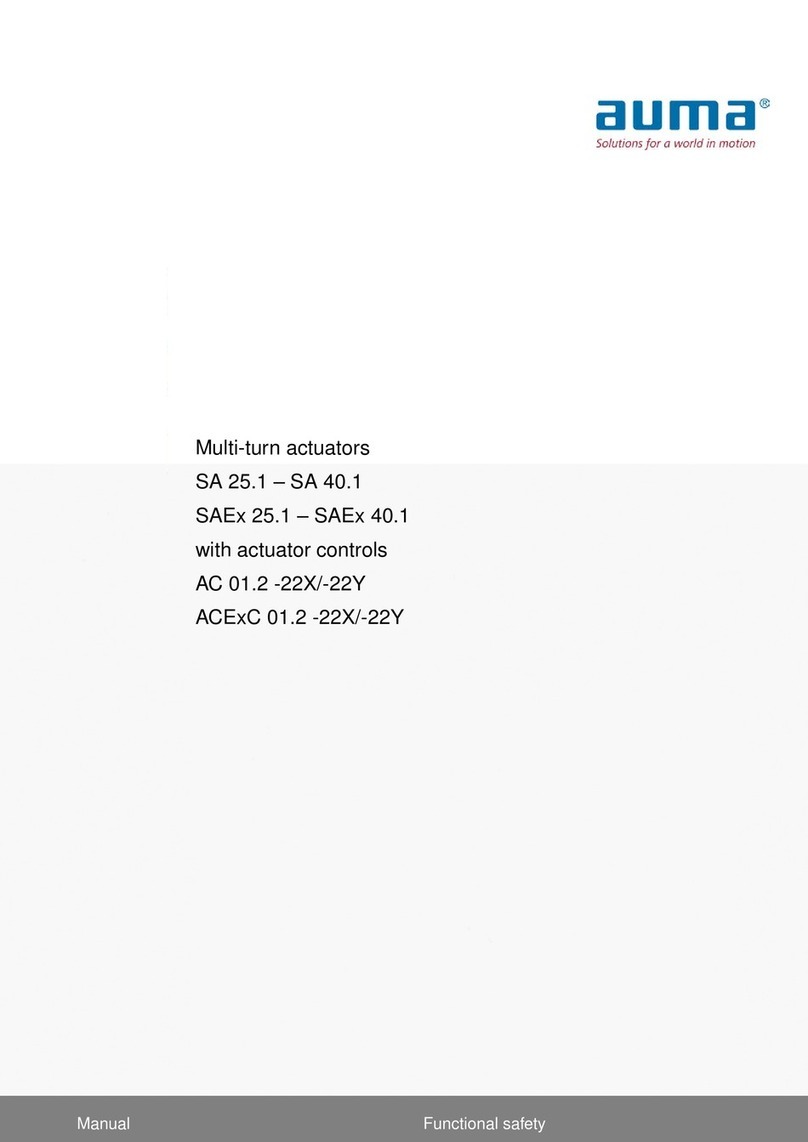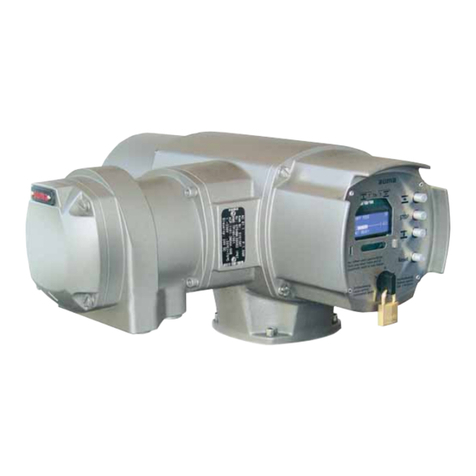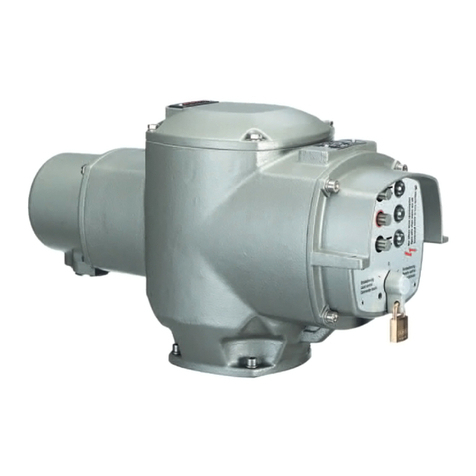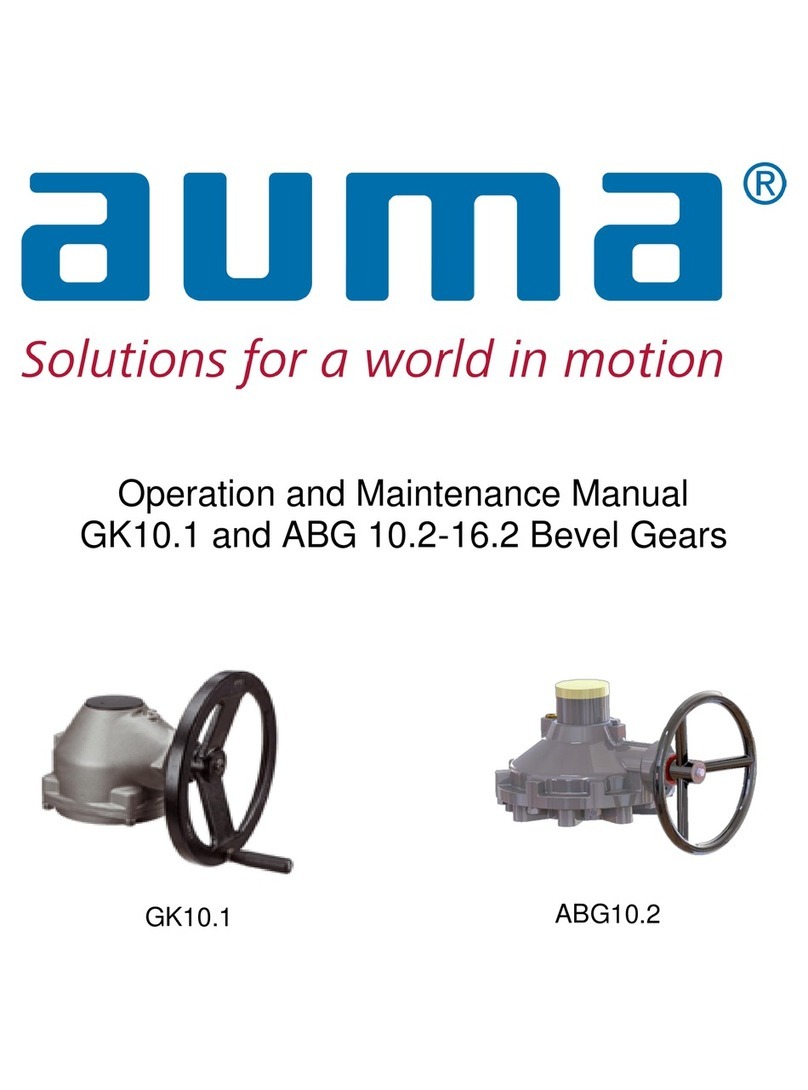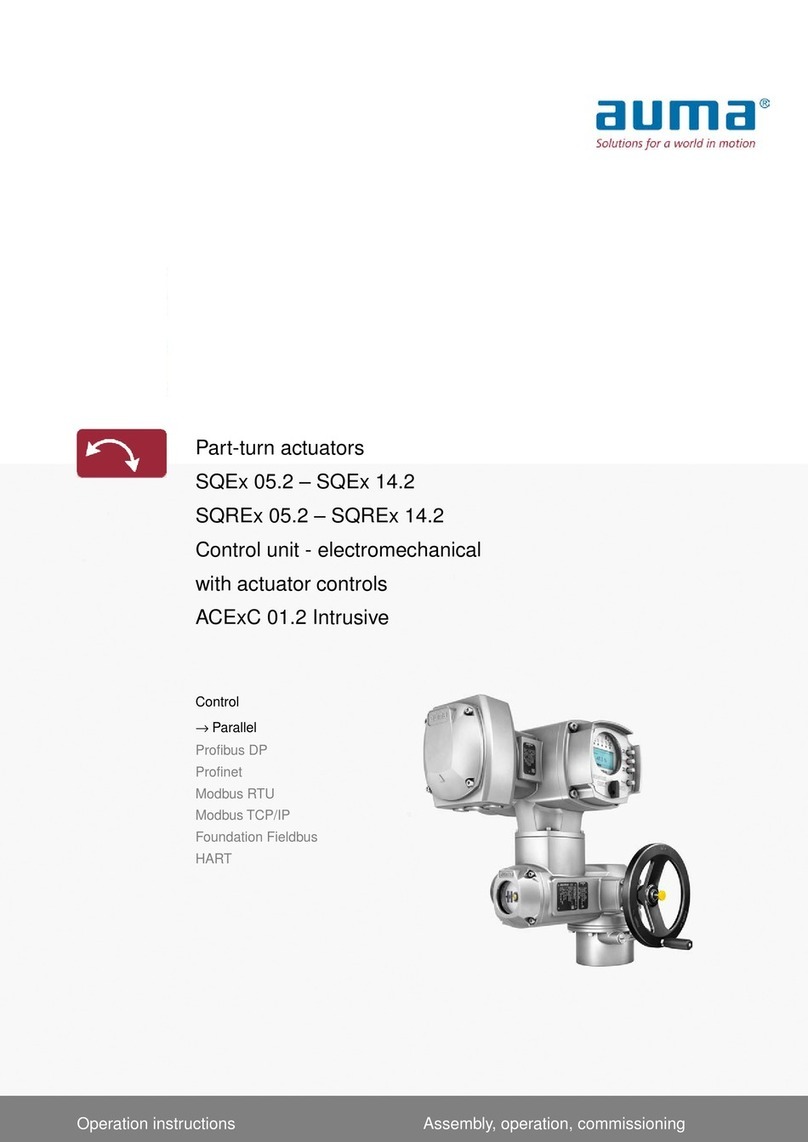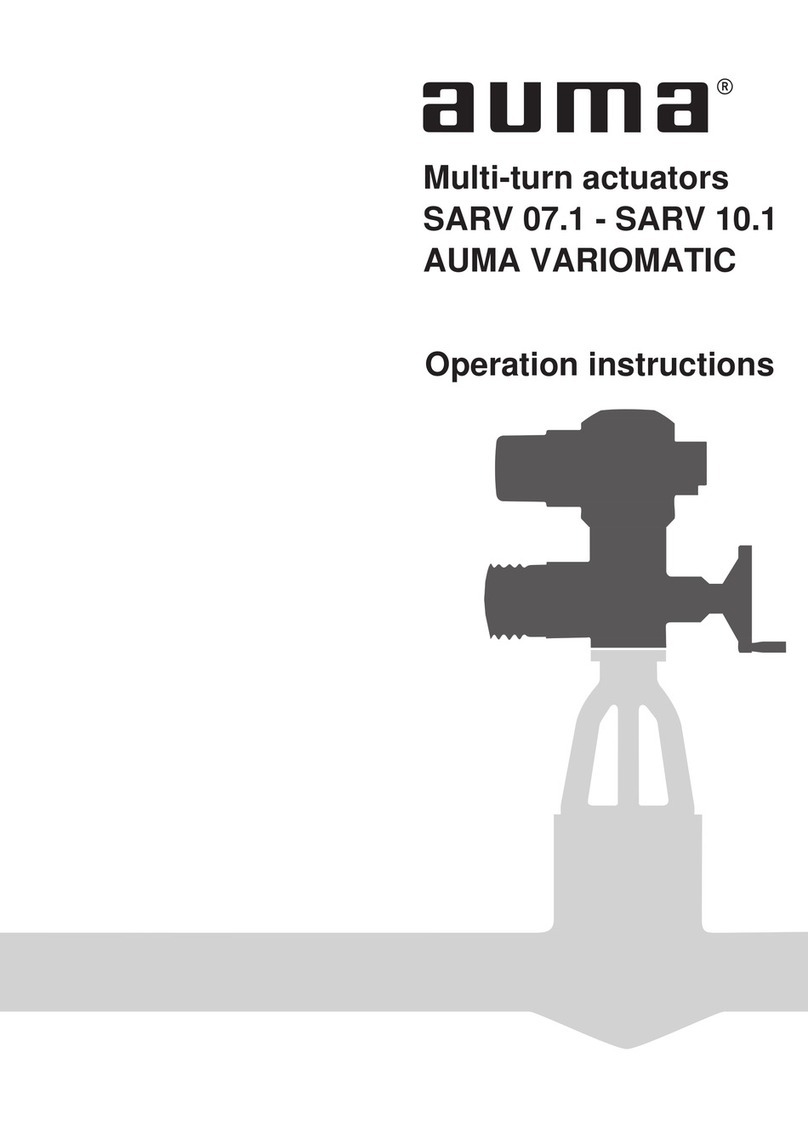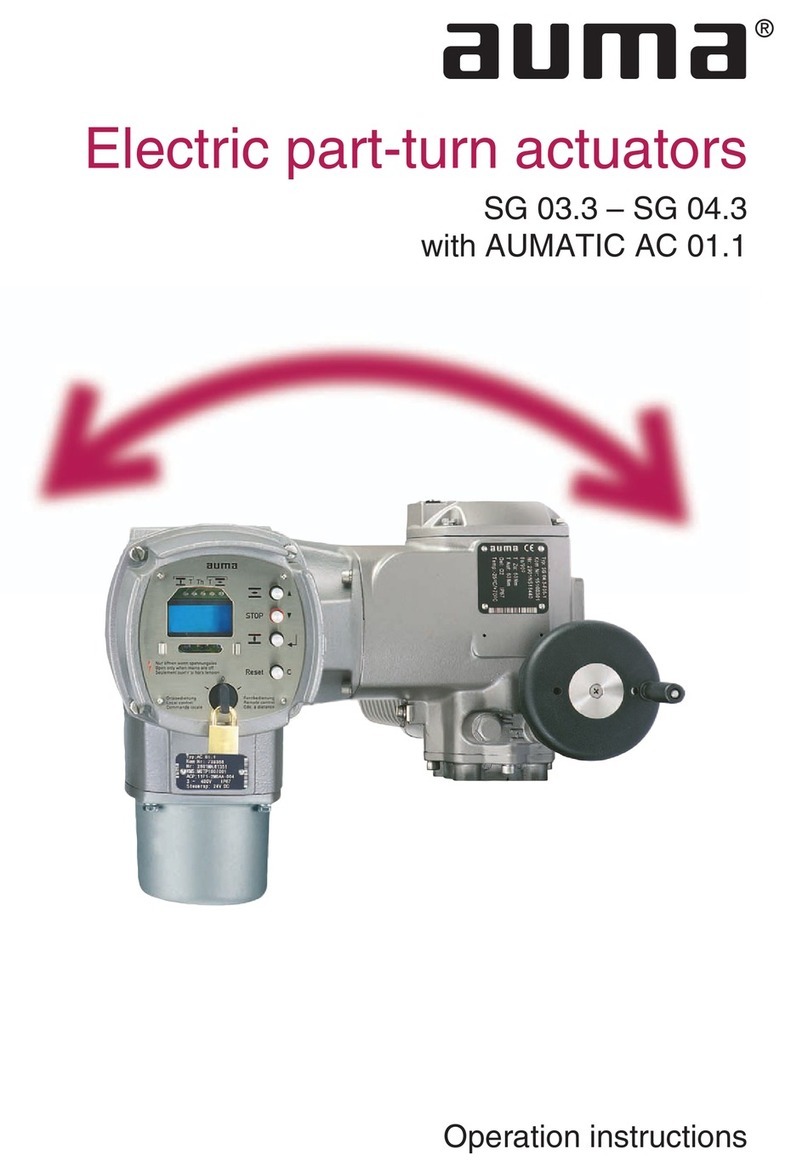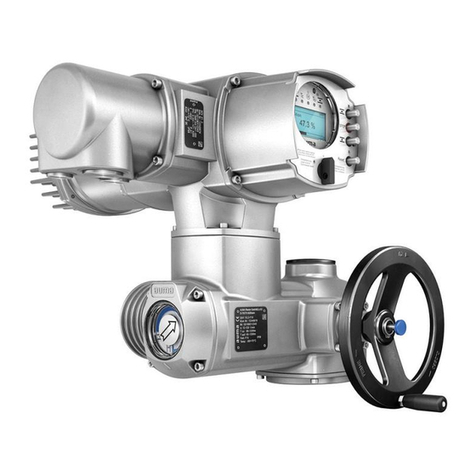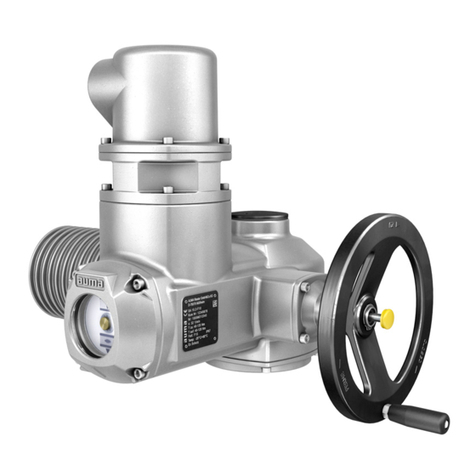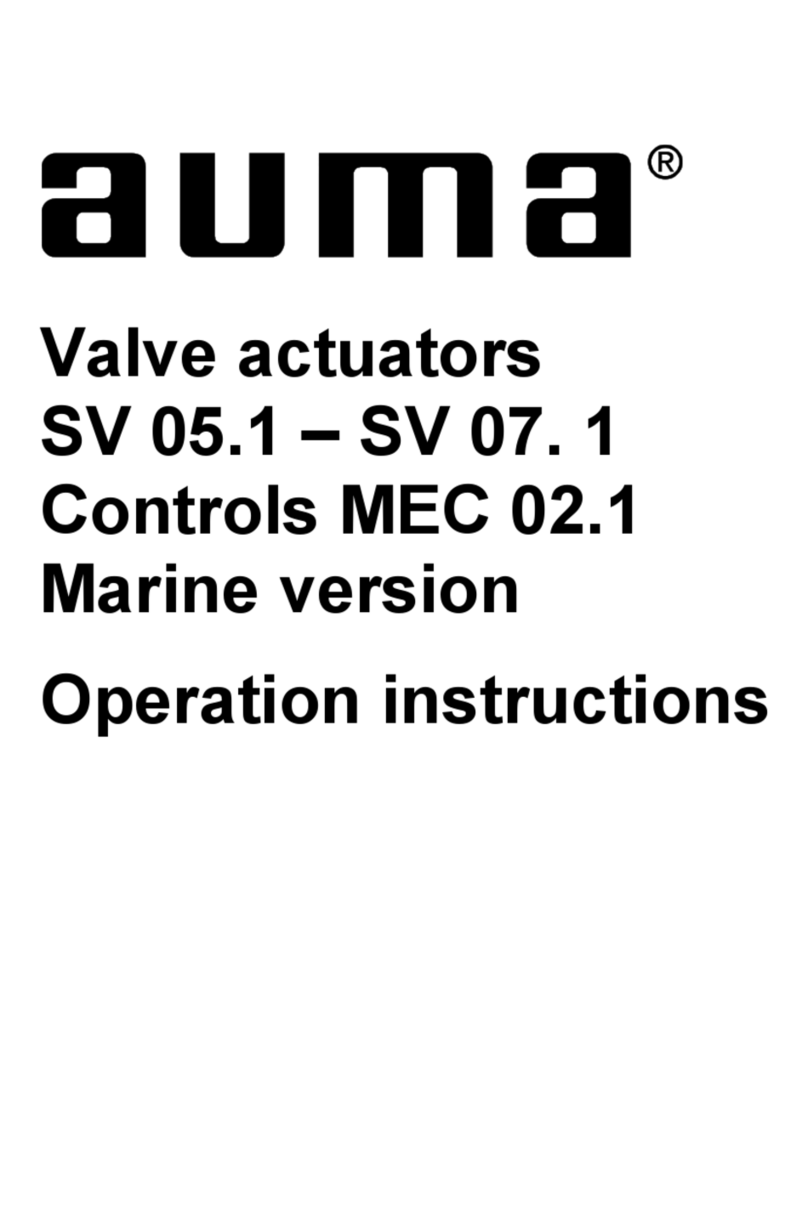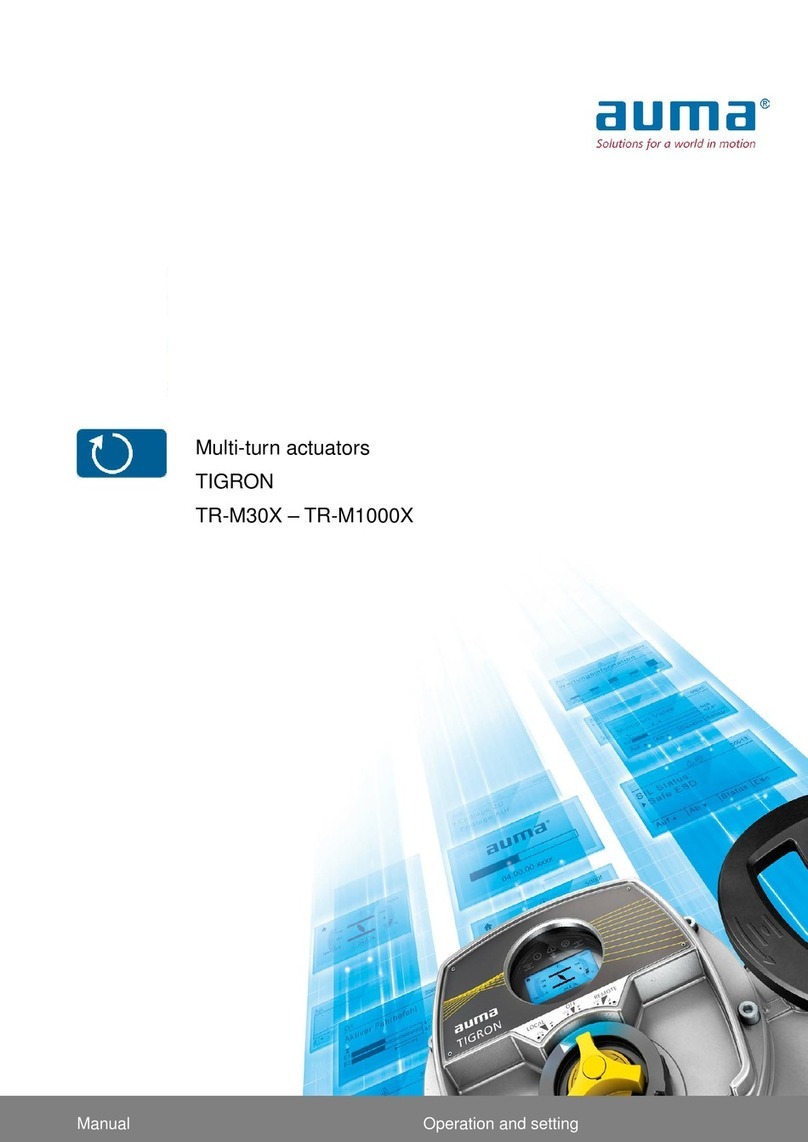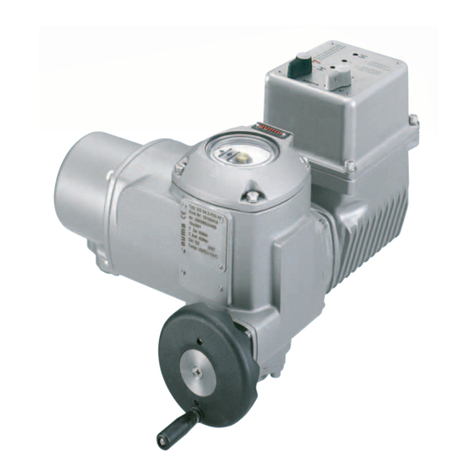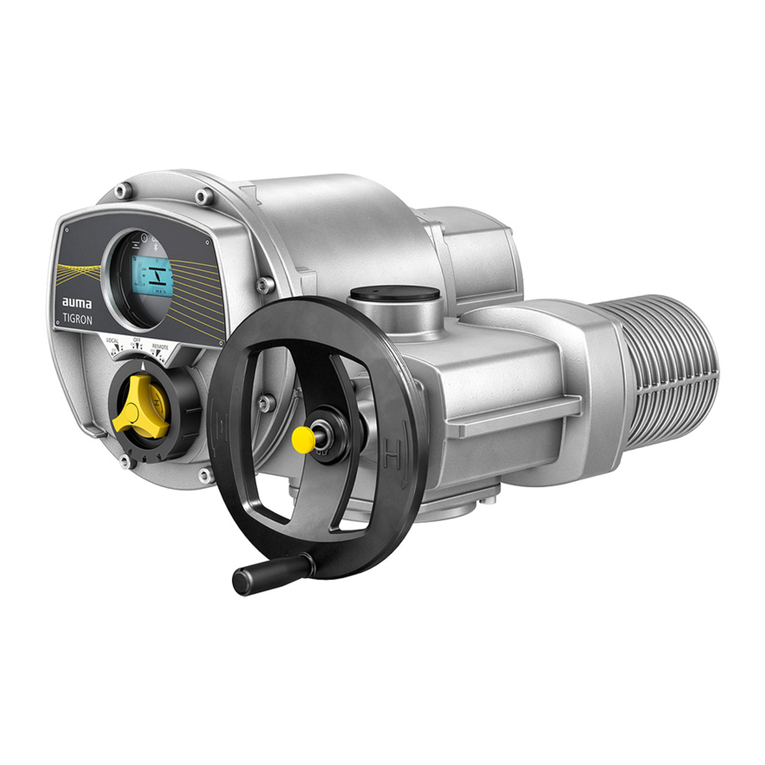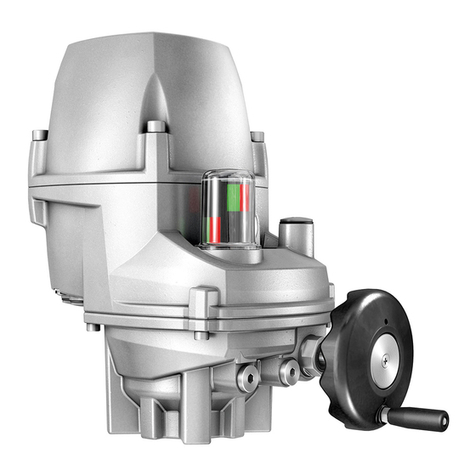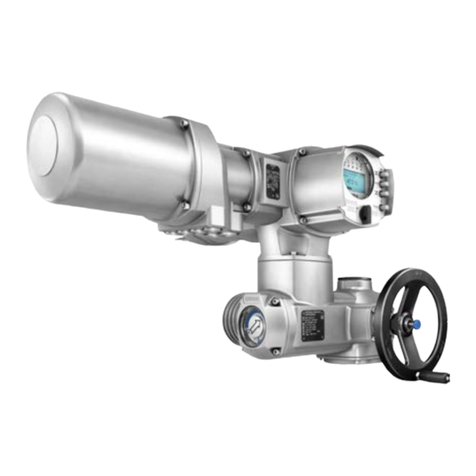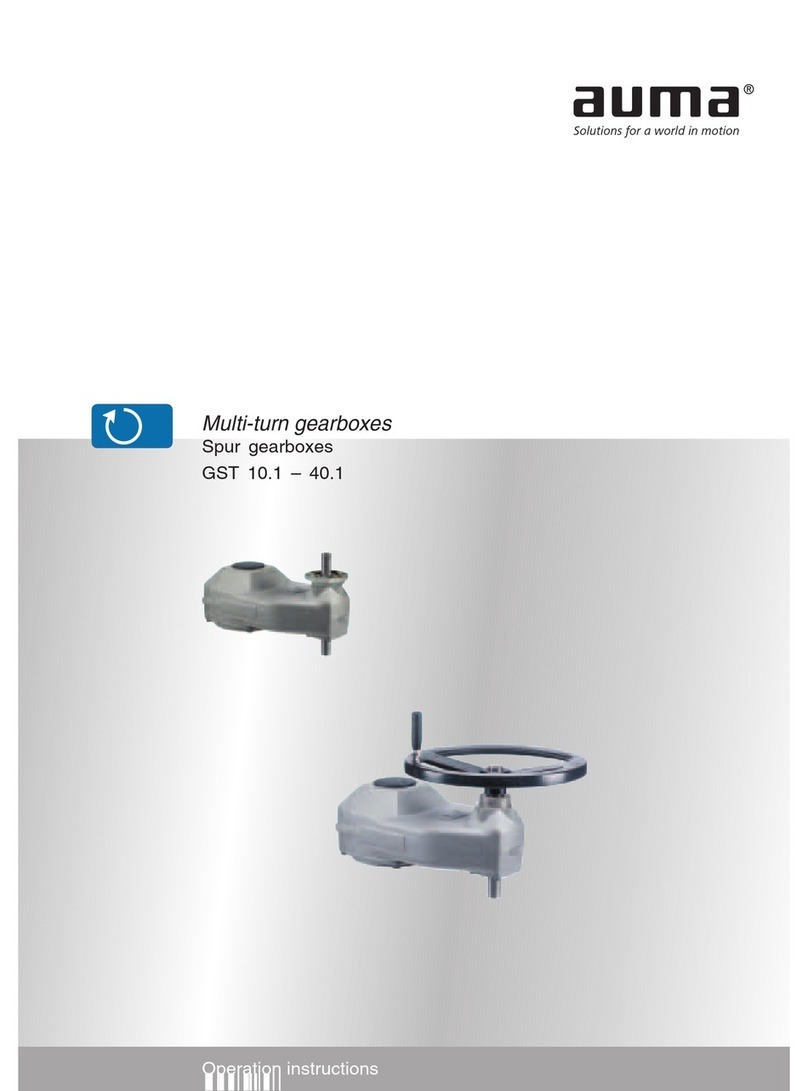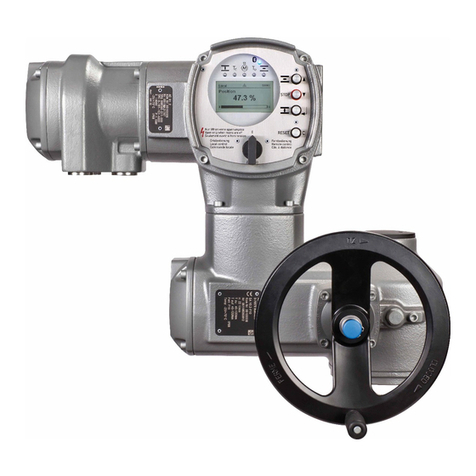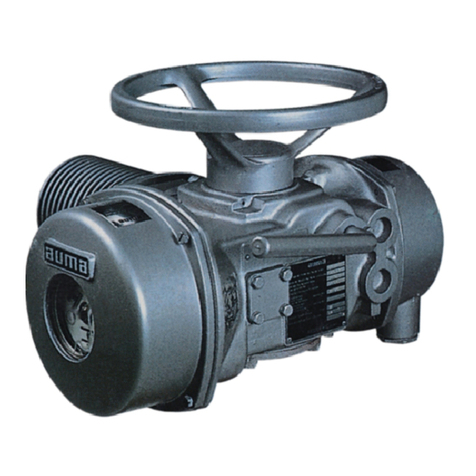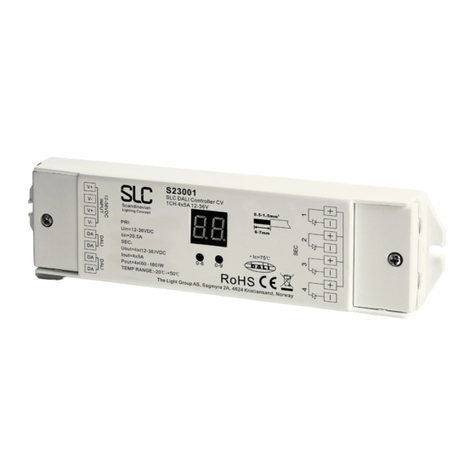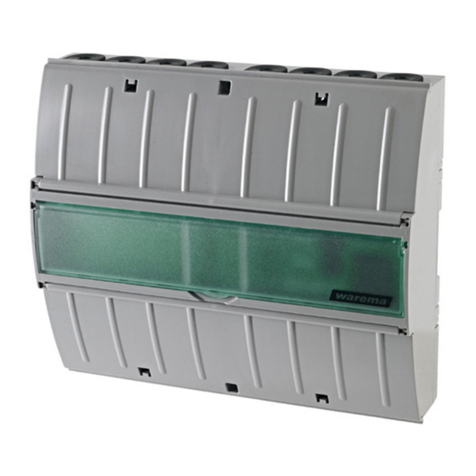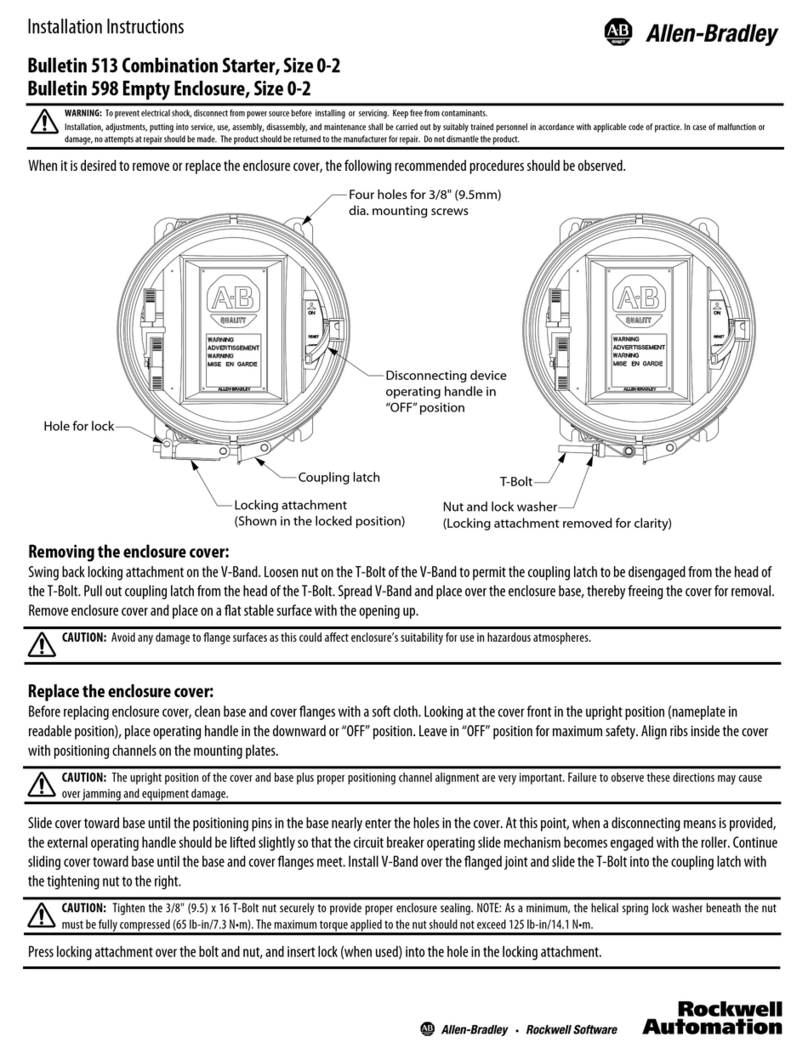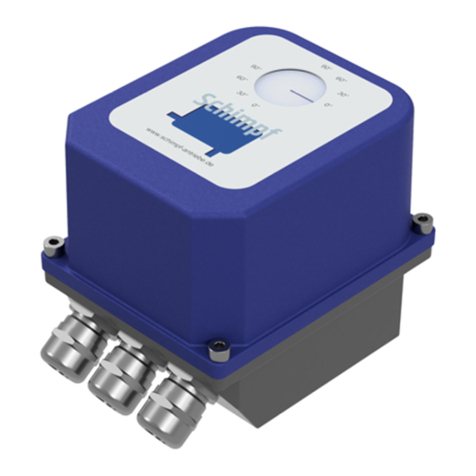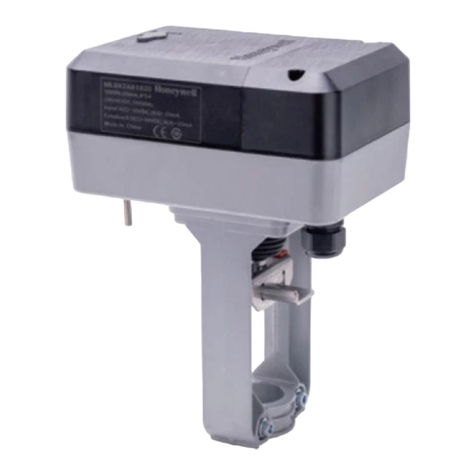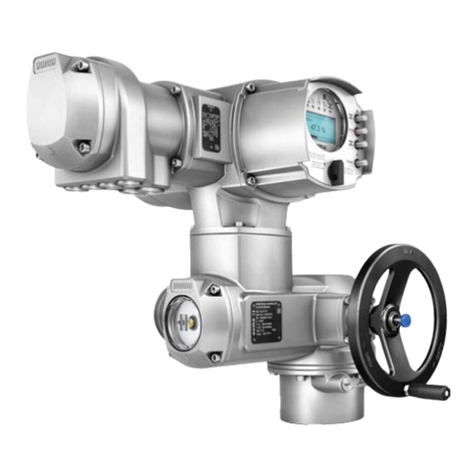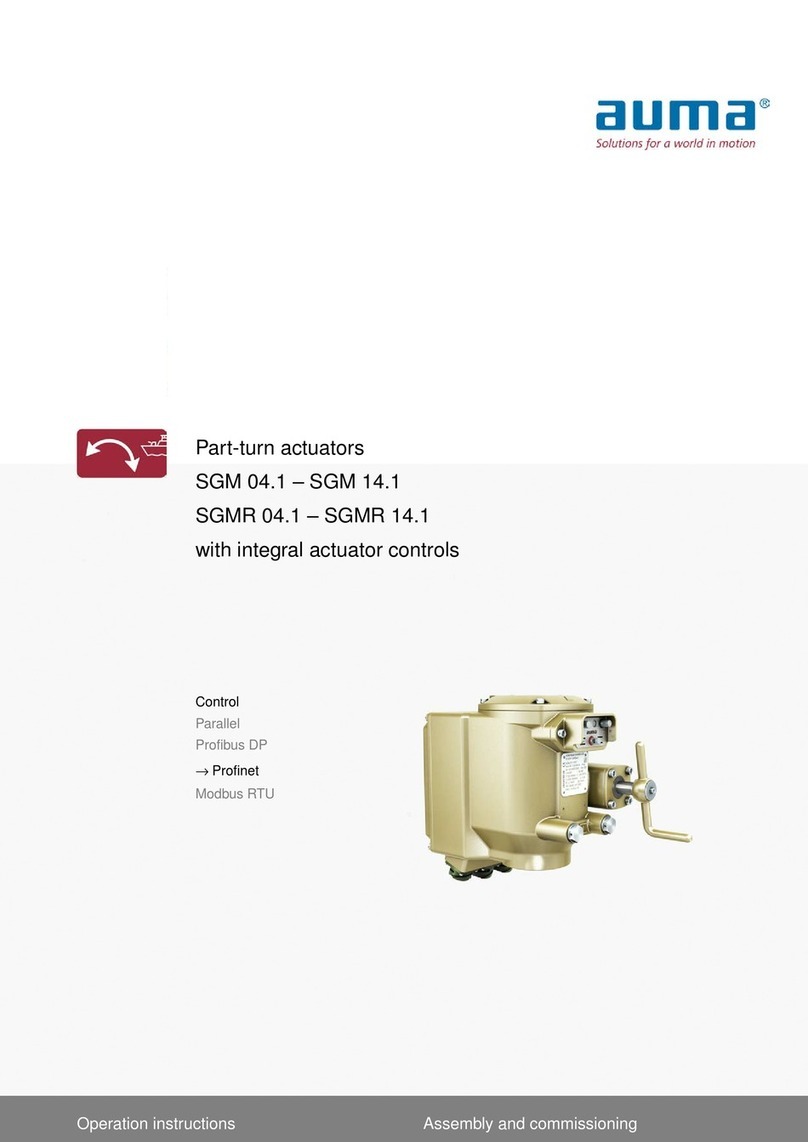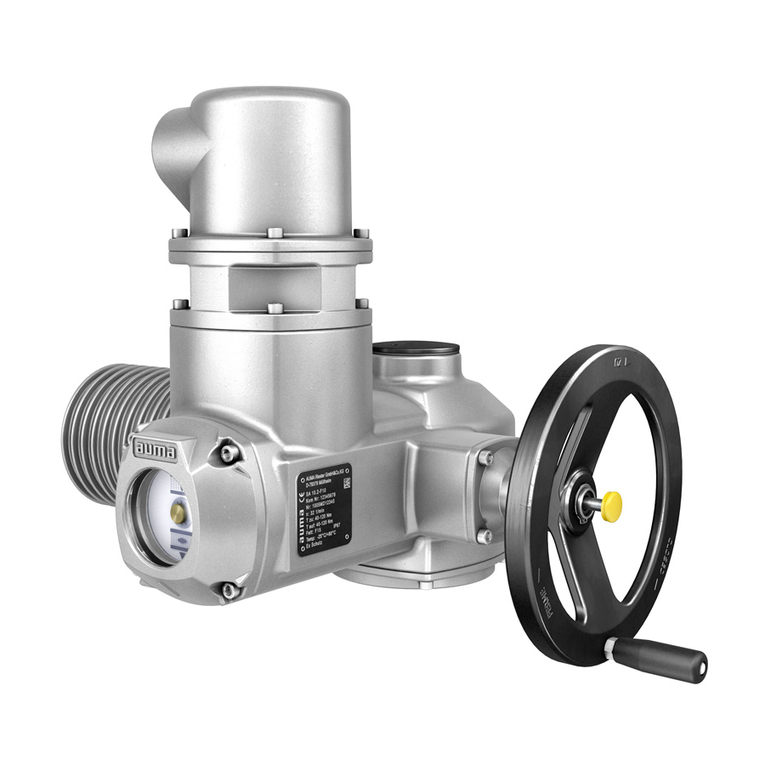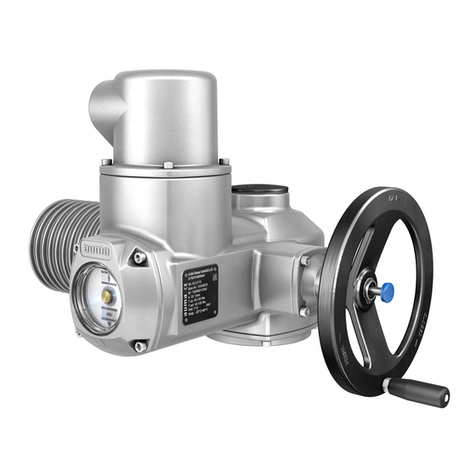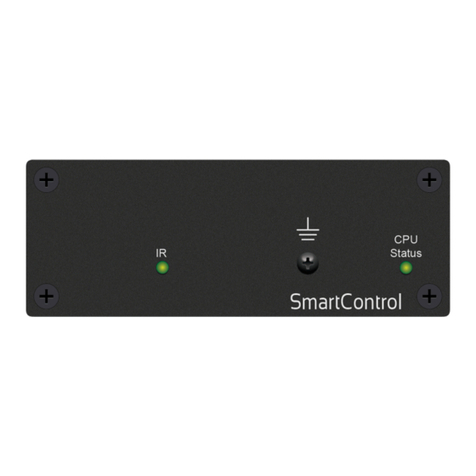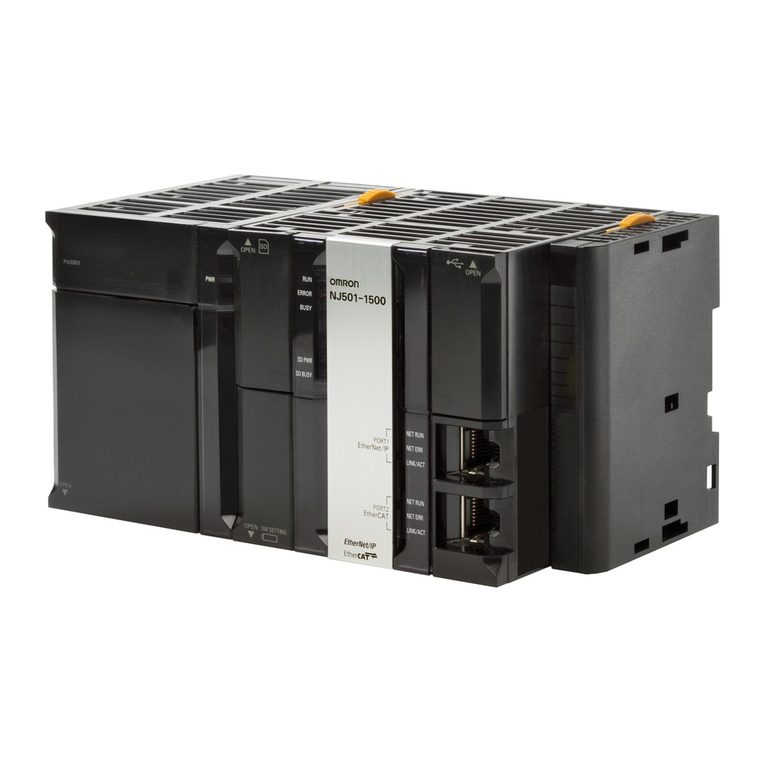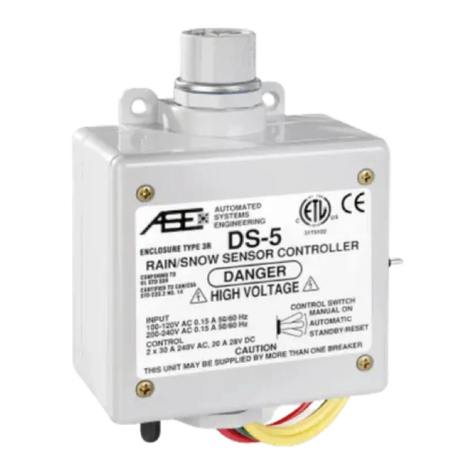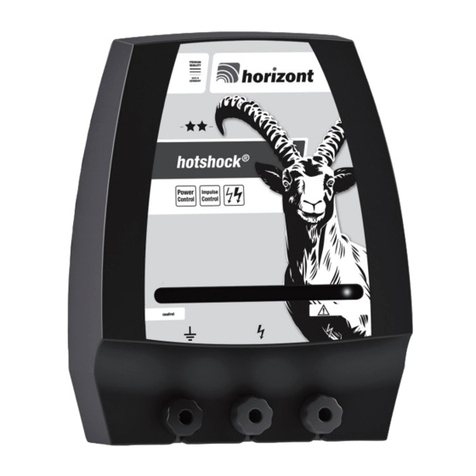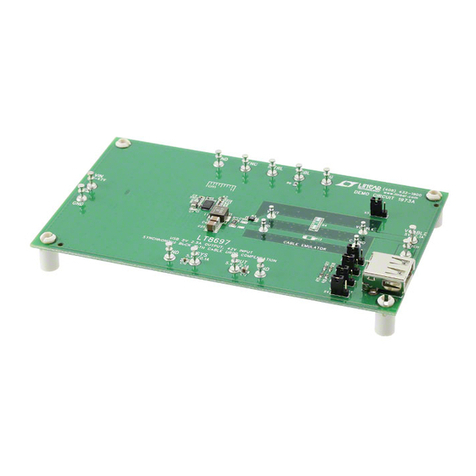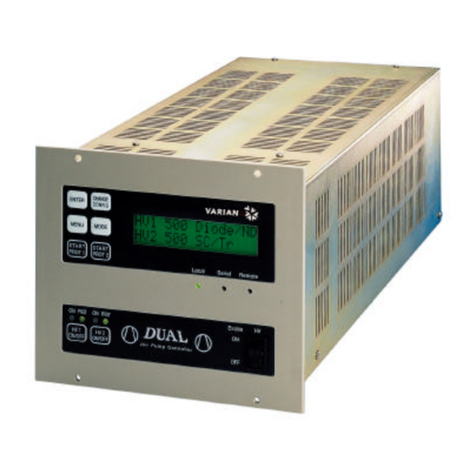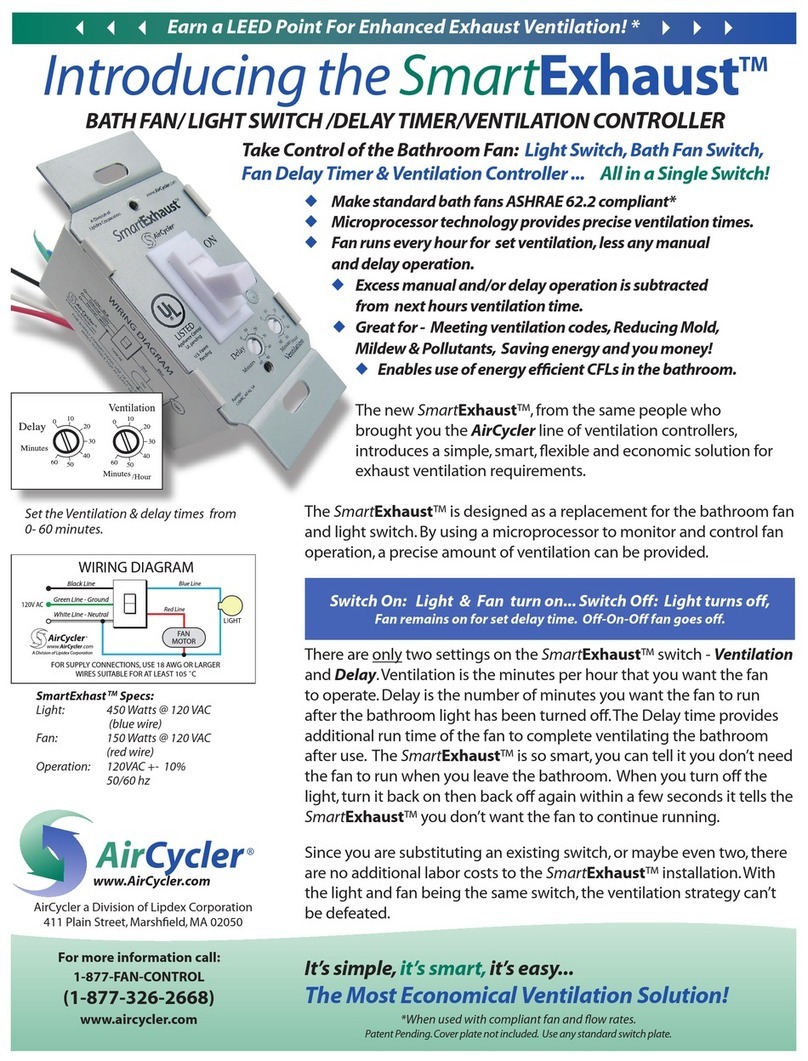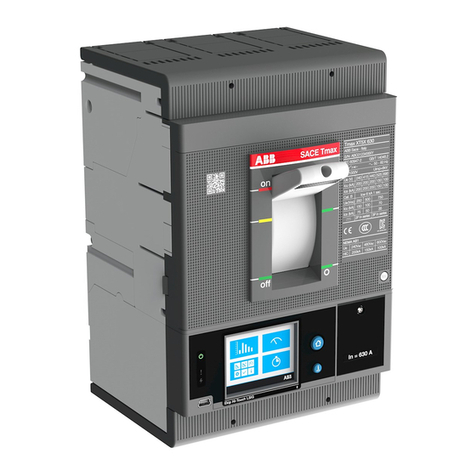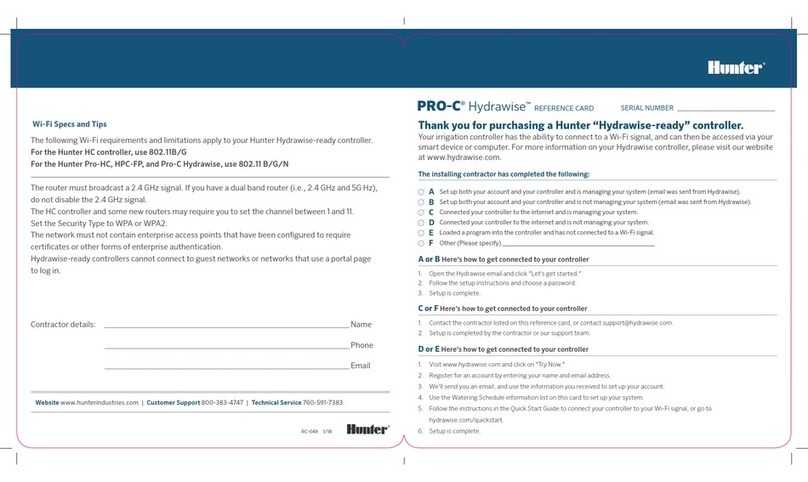
2. General information about Profibus DP
For exchange of information among automation systems and between automation
systems and the connected distributed field devices, the use of serial fieldbus systems
for communication is state-of-the-art.Thousands of applications have proved
impressively that, in comparison with conventional technology, cost savings of up to
40 % in wiring, commissioning, and maintenance are achieved by using fieldbus
technology.While in the past the fieldbus systems used were often manufacturer
specific and incompatible with other bus systems, the systems employed today are
almost exclusively open and standardized.This means that the user does not depend
on individual suppliers and can choose within a large product range the most suitable
product at the most competitive price.
Profibus DP is the leading open fieldbus system in Europe and is also used
successfully throughout the world.The application range includes automation in the
areas of manufacturing, processing, and building.Profibus DP is an international,
open fieldbus protocol which has been standardized in the fieldbus standards IEC
61158 and IEC 61784.This standardization ensures that the investments by
manufacturers and users are protected to the best possible degree and the
independence of the manufacturer is guaranteed.
2.1. Basic characteristics
Profibus DP defines the technical and functional features of a serial fieldbus system
allowing interconnection of distributed, digital automation devices. Profibus DP
distinguishes between master and slave devices.
Profibus DP is designed for fast data transmission on the field level.Here, central
control devices, such as a PLC or PC, communicate via a fast serial connection with
peripheral field devices such as input/output devices, valves, and actuators.
Data exchange among these field devices is based on cyclic communication.The
respectively necessary communication functions are defined by the Profibus DP
basic functions according to IEC 61158 and IEC 61784.
Master devices Master devices control data traffic on the bus.A master is allowed to send messages
without an external request.Within the Profibus protocol, masters are also called
‘active devices’.
Slave device Slave devices such as AUMA Profibus DP actuators are peripheral devices.Typical
slave devices are input/output devices, valves, actuators, and measuring transducers.
They do not have bus access rights, i.e. they may only acknowledge received
messages or, at the request of a master, transmit messages to that master. Slaves
are also called ‘passive devices’.
2.2. Basic functions of Profibus DP
On a cyclic basis, the master reads the input information from the slaves and writes
the output information to the slaves. In addition to this cyclic data transfer of the
processrepresentation,ProfibusDP also providespowerfulfunctionsfordiagnostics
and commissioning. Data traffic is monitored through the monitoring functions on
the master and slave side.
2.3. Transfer mode
●RS-485 twisted pair cable or fibre optic cable
●AUMA actuators support baud rates up to 1.5 Mbits/s.
2.4. Bus access
●Token-passing between the masters and polling between master and slave
●Mono-master or multi-master systems are possible.
●Master and slave devices: max. 126 devices at a bus
2.5. Functionality
●Peer-to-peer (process data exchange [DATA EX]) or Multicast (control com-
mands to all slaves)
6
PROFOX actuators
General information about Profibus DP Profibus DP




















